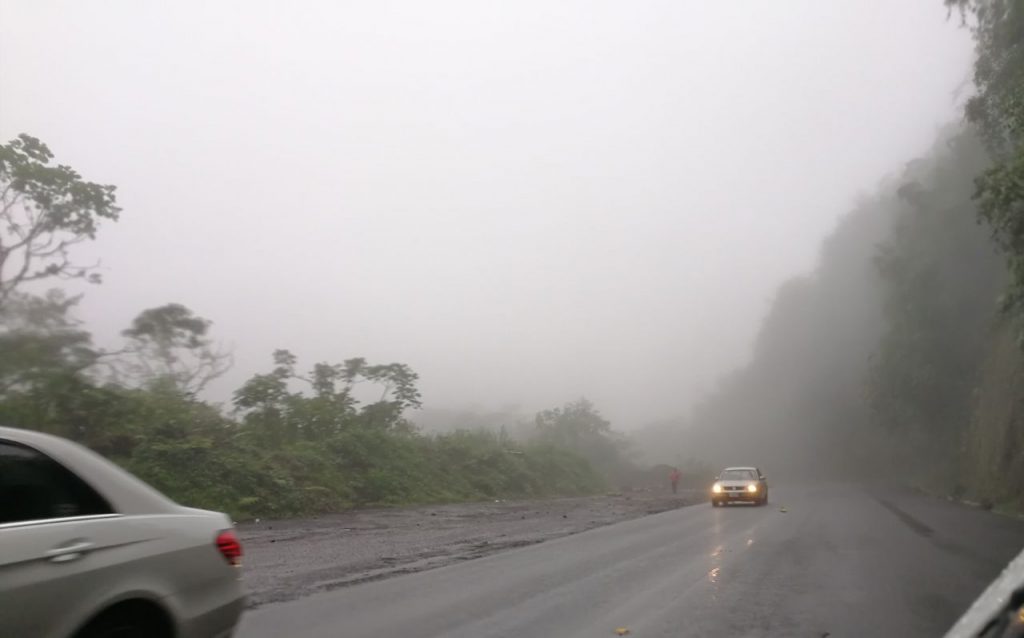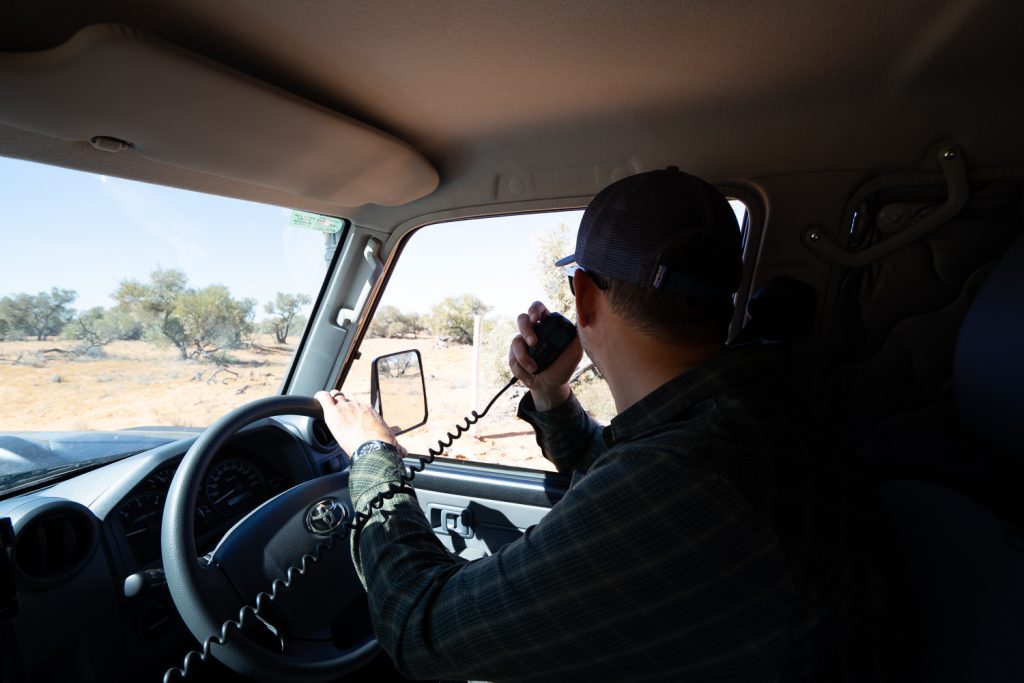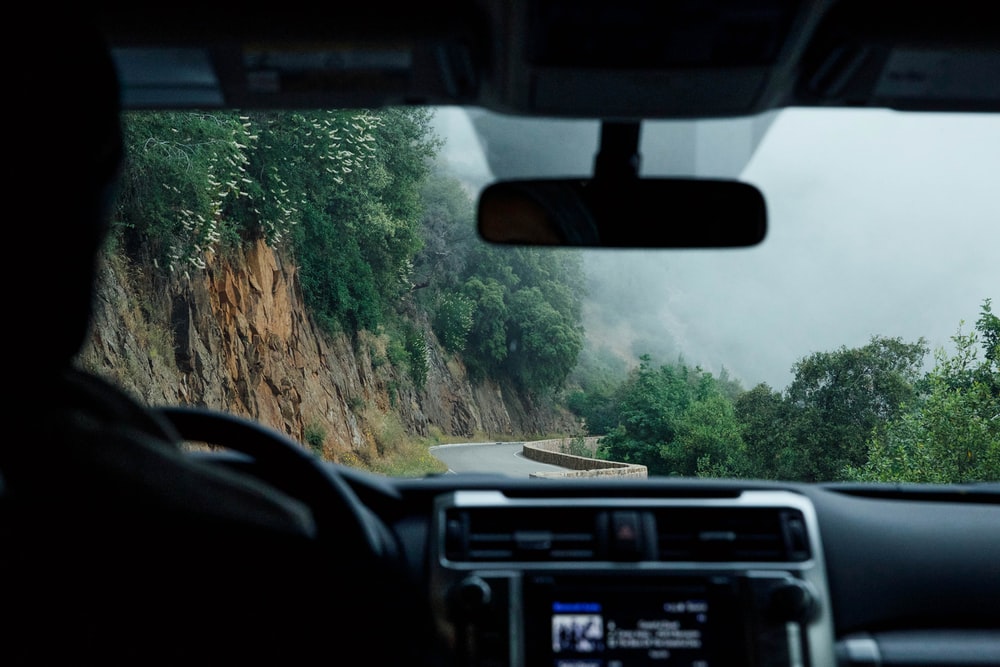Adventurers or long-time backpackers are probably familiar with the dangerous low-lying hills. However, those who have never or have little experience traveling on the mountain road will need to know some secrets. To ensure your safety to the maximum extent when traveling on dangerous and unpredictable mountainous roads or hilly ones, it is very important to prepare in advance and equip yourself with the necessary skills and knowledge.
If we are not well equipped before the trip to the mountain, we may face a hundred times more difficult situations, so please pay attention as more is always better than less! With that said, here are 11 vital mountain driving tips to know for the utmost safe and convenient trip.
Contents
- Mountain Driving Tips: 11 Tips To Note Down To Avoid Collisions On The Mountain Pass
- 1. Prepare Well For Your Vehicle
- 2. Always Check The Weather Forecast In Advance
- 3. Be On The Lookout For Wild Attacks
- 4. Bring Snow Chains Even If It’s Not Winter With Full Snow
- 5. Fill Up The Tank With Gas
- 6. Brake Early Before Turning
- 7. Brake and Downshift Before Going Downhill
- 8. Using The “Pulse” Braking Method
- 9. Beware of Abnormal Temperature/Weather Changes
- 10. Bring Food, Water, and An Emergency First Aid Kit
- 11. Get Yourself A CB Radio
- Mountain Driving Tips: Ensure Your Safety To The Utmost
Mountain Driving Tips: 11 Tips To Note Down To Avoid Collisions On The Mountain Pass
Most of us often travel on flat federal routes rather than passes or mountainous paths, some of the most dangerous and prone-to-accident roads. Therefore, when driving through such unsafe places, drivers always cannot help but worry. But if you prepare well, you will never have to fall into those unnecessary worries again. Let’s take a look at 11 tips for driving in the mountains below for your quick references.
1. Prepare Well For Your Vehicle
We’ve all been there, disregarding and careless about oil changes, engine checks, or the creaking noises coming from our cars on a daily basis. You may think that these are minor issues that are not worth considering. Due to your subjective habits, some problems can turn real bad quickly and become difficult to control. So, these issues should never be ignored, especially when you are planning a trip up the mountain.

When climbing hills, if certain car parts are broken, the vehicle’s endurance will be severely reduced, which may lead to complete engine failure, and other parts will follow. If you pay close attention, you will see that both sides of the mountain roads are often littered with debris left by damaged cars ahead.
It would be terrifying to be stuck in the middle of a dangerous remote road with no one to come and help within an hour or two, not to mention the money you have to spend on a trailer to tow your broken thing back home. It will definitely not be a pleasant and comfortable experience.
If you want to start driving up mountains to discover things, make sure your vehicle is well maintained and in the best possible condition before departure.
2. Always Check The Weather Forecast In Advance
If you live in a mountainous area, you may probably be familiar with the constant weather changes. However, many residents do not always know how to deal effectively with what will happen in the mountains as things are unpredictable. There are people who grew up there, but they also have never actually driven on a mountain lane to warn you about their experiences.
The mountains always know how to create pretty crazy weather patterns that nobody wants to witness on their trip. It may be a trip that begins with blue skies, white clouds, and cool breezes, but as soon as you reach the top of the mountain, you will be caught in a sudden blizzard with visibility seemingly returning to zero.
No matter what you do, take the time to check the weather conditions before heading to the road or during your journey, or before climbing on any hills. Even at first, it may look mellow and favorable, but in just a few seconds, it will flip right away!
3. Be On The Lookout For Wild Attacks
Another worthy note among our today’s mountain driving safety tips is to be careful with the wildlife. Attacks from wild animals are common in mountainous areas. A common thing to any mountainous citizen is there are always push bars and bumpers attached to their vehicles. This is very understandable because a collision with wild animals in the mountains is inevitable.
The mountains have long been home to countless wildlife. Unfortunately, the mountainous terrain inadvertently causes large numbers of species to cross paths in shaded valleys or on dangerous bends. Don’t forget that the mountains are home to some large animals such as elk or bears. Bumping into such animals on the road is an unexpected cause of accidents.

It is best if you do not drive at night – when animals do not see the road as clear as during the day and appear in large numbers. However, even in daylight, wary of wildlife. You will be surprised at how often you will come across an animal every few seconds. Be extremely careful on the road with your mountain driving at any time of the day.
4. Bring Snow Chains Even If It’s Not Winter With Full Snow
As mentioned above, mountains can bring you all kinds of wild weather at unexpected times. This is especially true in winter. At many mountain peaks, people don’t even measure snow in inches, they measure it in feet, and it can only fall after a few hours.
Tire chains can be a savior for your otherwise bad day of mountain driving. If you are stuck, to save you from the mountain road, especially the highway on it, the local government will be forced to freeze the entire road to bring you down safely. Then the bill for all of this is something you won’t want to think about.
Tire chains are something you probably never want to use, but you also don’t want to be in a situation where you need it without it. Always carry tire chains when driving in the mountains in winter. In many places, this is also the rule, the law you have to follow, and if you are caught not wearing tire chains, you will have to pay a hefty fine.
5. Fill Up The Tank With Gas
Needless to say, this is one of the most noted hill driving tips that we want you to pay close attention to. In some mountainous areas, you can go 100 miles or more and still not come across a gas station. But if you see a little gas station somewhere deep in the mountains, you’ll pay more per gallon than anywhere else you’ll ever know. It is not uncommon for gas stations in remote and mountainous areas to charge between $2 and $4 per gallon more than the usual high price of gas.
Because the weather in the mountains can change very quickly, you also need to prepare a full tank of gas in case you get stuck in the middle of nowhere. Sudden blizzards, ice storms, dense fog, chaotic vehicle collisions, and more severe situations can leave you stranded for hours or longer. You can also take some notice on how to save gas while driving to have better preparation for any mountainous trips.

6. Brake Early Before Turning
Comprehension deeply on how to drive in the mountains can save you a ticket to drag yourself into any kind of danger. While you may not pay much attention to “suggested speed” signs before turning in flat areas, you should pay more attention to them in the mountains. Sharp turns are very common in mountainous areas. If you are going downhill, you will need more momentum to stop.
By braking early, you can overtake or accelerate through turns. This is very helpful for the stability of your vehicle. If you try to brake too hard after you’ve entered a turn, all that momentum will swerve forward, making your car even more difficult to control. However, if you accelerate through the turn, that momentum will shift to the rear of the vehicle, giving you much better control.
Brake before turning and accelerate after. Always remember, you can slow down as many times as you want on anything as long as it’s not in the mountains, you can usually only go too fast before plunging without regret.
7. Brake and Downshift Before Going Downhill
Many drivers don’t plan by braking before going downhill, but instead, start braking when they’re halfway down the road when their speeds have increased. This is an incorrect use of the brake. All riders, including light-duty drivers, should brake before going down a slope. This not only saves on maintenance costs but is also a much safer method of speed control.
If you’re driving in gear or have a lower gear, do this before going downhill. Trying to change while going downhill can cause big problems. If the engine stalls or gets stuck at neutral, you’ll need to rely entirely on the car’s brakes to slow down.
>> Check out: Is Engine Braking When Going Downhill Bad For Automatic Transmissions?
8. Using The “Pulse” Braking Method
Even if you apply the brakes properly before going downhill and shifting to a lower gear, you may still have to apply the brakes while going downhill. The important thing here is to never hold the brake for a long time. Instead, you should use pulse braking – the same method used by truckers who haul 80,000 lbs of cargo down steep mountain levels.
To properly use this method, look for a “safe speed” as you go downhill. For example, your “safe speed” is 40mph. You should accelerate up to 45mph and then apply a steady break until your speed drops to 35mph.
At this point, release the brakes and accelerate the car back to 45mph, then repeat the process. By using the brake like that, the brake pads will have time to cool down because every time you step on the brake, your brake pads will heat up. The hotter your brake pads get, the less effective they become, until they are no longer usable.
Using the pulse brake method can help your brakes work better and more efficiently, which is one of the most practical mountain driving tips you should take notes of right away.
9. Beware of Abnormal Temperature/Weather Changes
As you probably already know, the temperature changes with altitude. Some paths can take you up and down thousands of feet in just a short distance. Anyone who has been a long-time mountain road driver has experienced it: starting to climb when the sky is still clear and sunny, until reaching the top, the snowstorm seems to be about to swallow him up.

Your vision can go from completely clear to extremely limited in seconds. From temperature, rainfall to visibility – they can all change in no time to the point that you can not be aware of in advance.
10. Bring Food, Water, and An Emergency First Aid Kit
There are many reasons why you can get stuck while driving on a mountain road, from being hit by an animal, getting stuck in a blizzard to a car accident or breakdown, you definitely won’t feel as “comfortable” as getting into those cumbersome experiences on regular roads. Cellular signals may not be available, and in remote areas, you may not even see another vehicle for hours (or days in bad weather). Even if you can make a phone call, it can take hours until someone can reach you.
Therefore, it is important to bring food, water and some new set of clothes to make sure you will be in good condition for at least a few days. If your clothes get wet for any reason, extra clothes can save your life. Also, make sure you carry any tools you might need to repair minor car damage like changing a tire. Roadside assistance will not always be there to help you wherever you are, so please be cautious and well-prepared all the time.
11. Get Yourself A CB Radio
When driving in mountains, a small portable CB radio won’t do us any good, all you need is a portable CB radio with an external antenna attached. This may not be necessary for a weekend getaway, but if you’re a frequent driver on remote mountain roads, CB radio is your savior. In most remote and mountainous areas there is usually no cell phone signal, however, a CB radio will still work – you just need to have someone else with a CB in the same area.

If you get stuck, switch to channel 19 and start asking for help. Most importantly, another truck driver must be nearby to assist us.
Mountain Driving Tips: Ensure Your Safety To The Utmost
We have just gone through a few helpful mountain driving tips for your upcoming long journey into the unknown. We hope to help you with a better preparation process and can understand more about some vital notes when traveling on dangerous roads with few people in remote areas.
For more helpful driving tips, follow Car From Japan today.



